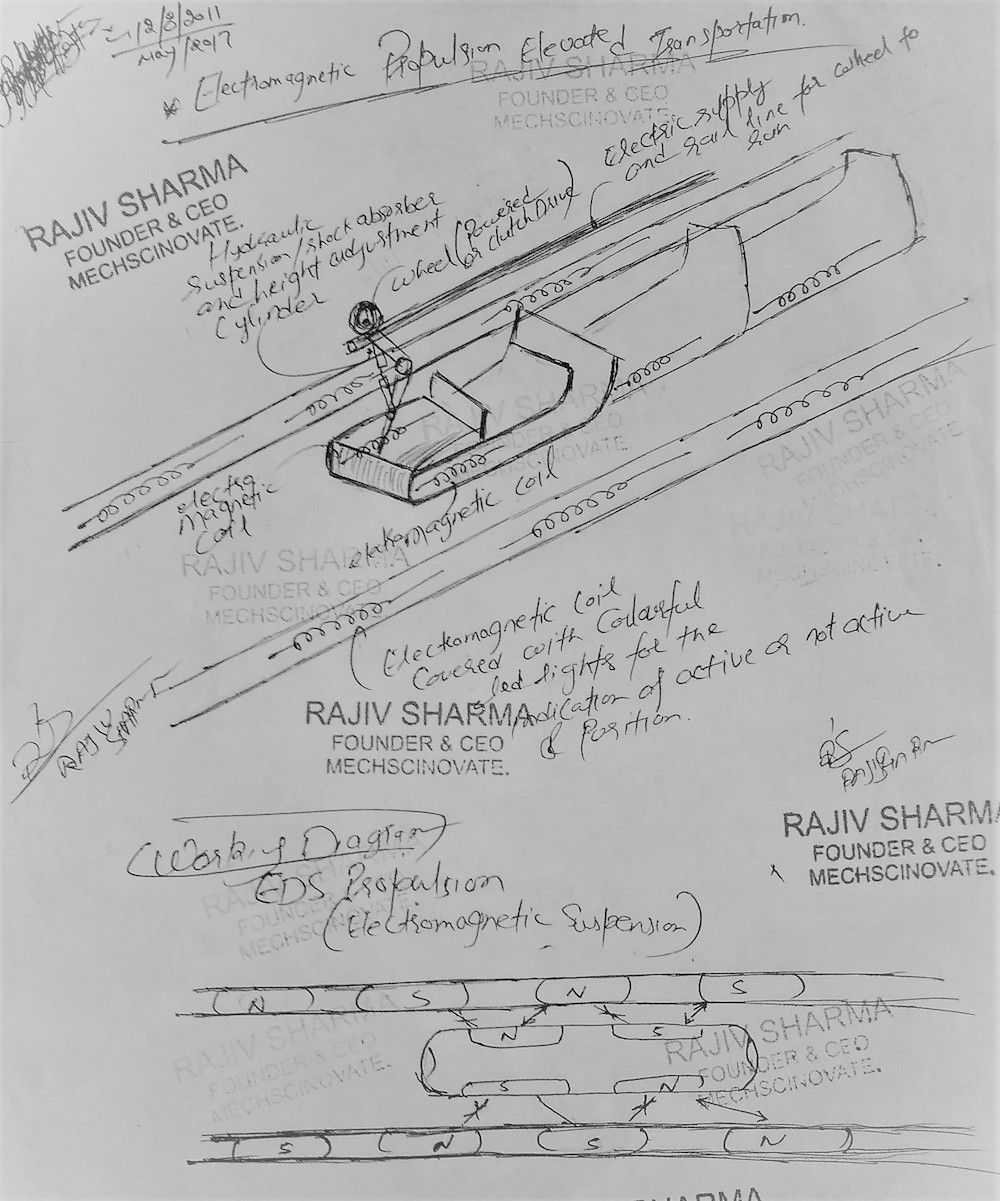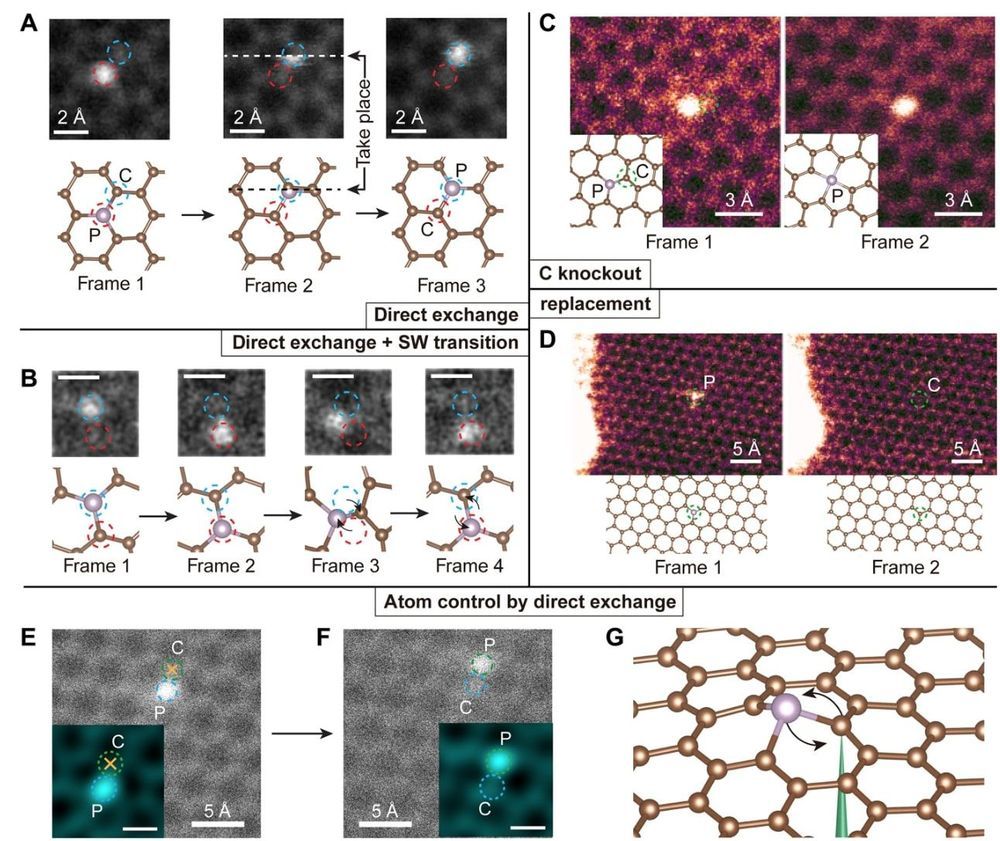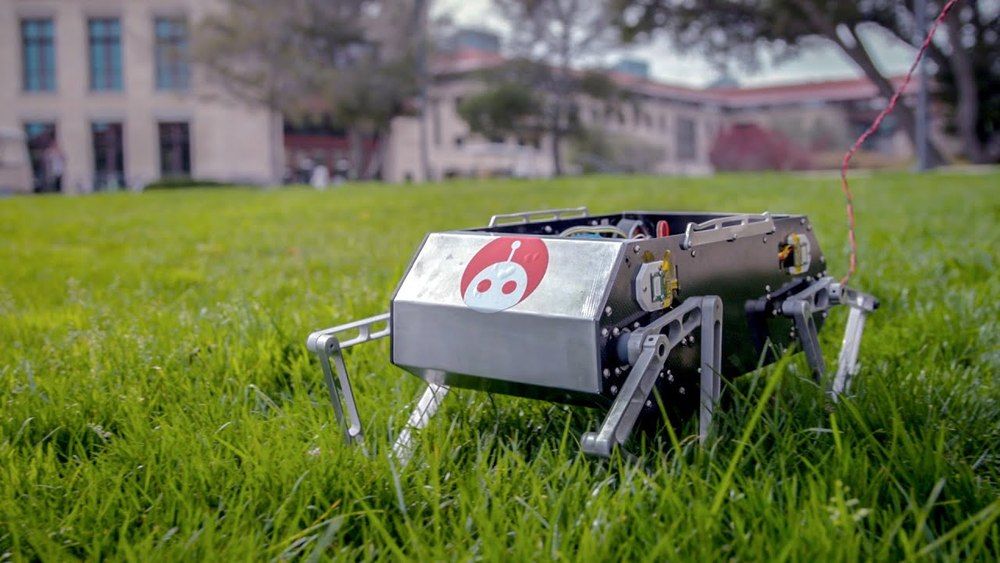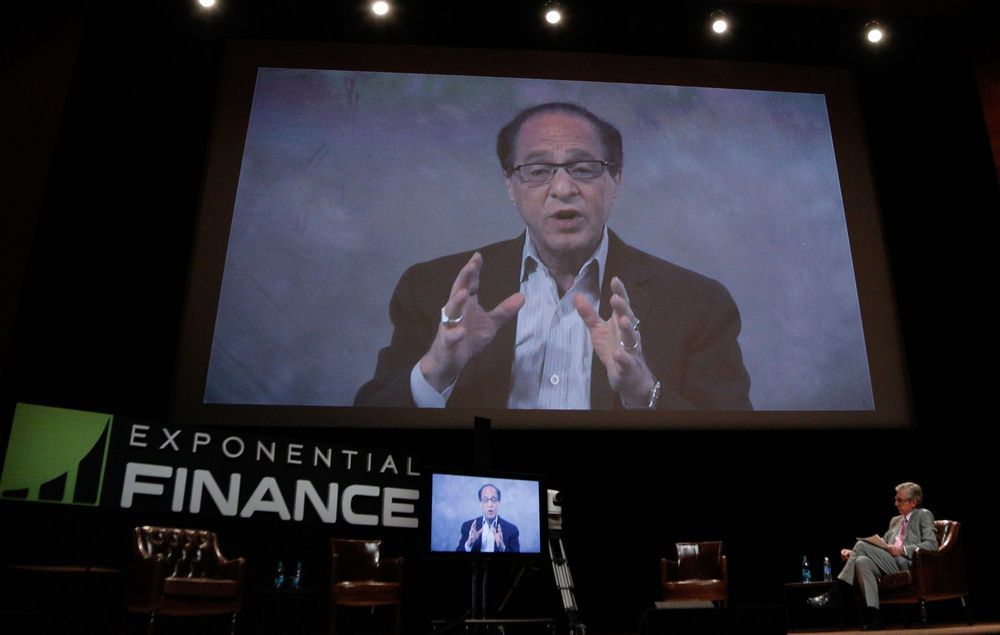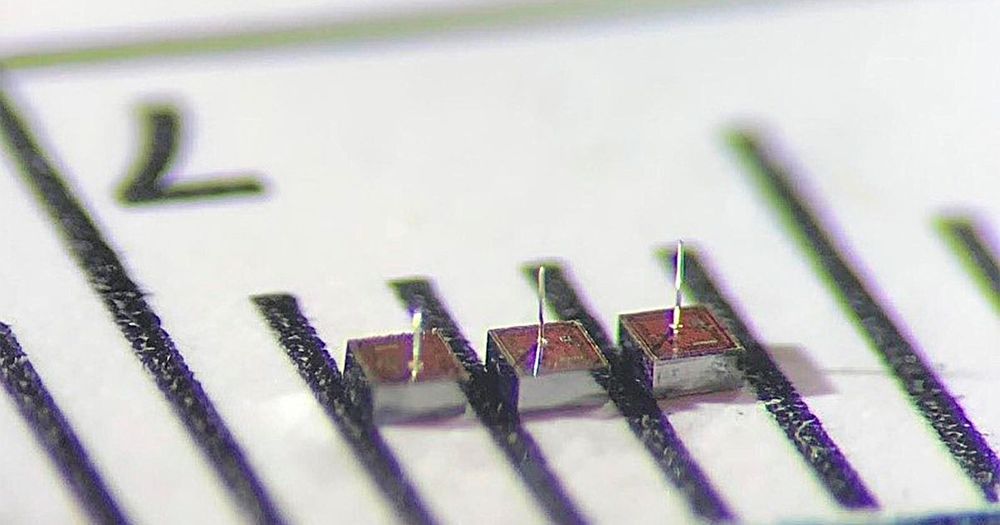May 24, 2019
When Quantum Computing Meets AI: Smarter Digital Assistants and More
Posted by Klaus Baldauf in categories: business, engineering, quantum physics, robotics/AI
Quantum computing’s processing power could begin to improve artificial-intelligence systems within about five years, experts and business leaders said.
For example, a quantum computer could develop AI-based digital assistants with true contextual awareness and the ability to fully understand interactions with customers, said Peter Chapman, chief executive of quantum-computing startup IonQ Inc.
“Today, people are frustrated when a digital assistant says, ‘Sorry, I couldn’t understand that,’” said Mr. Chapman, who was named CEO of the venture-capital-backed startup this week after about five years as director of engineering for Amazon.com Inc.’s Amazon Prime. Quantum computers “could alleviate those problems,” he said.
Continue reading “When Quantum Computing Meets AI: Smarter Digital Assistants and More” »

